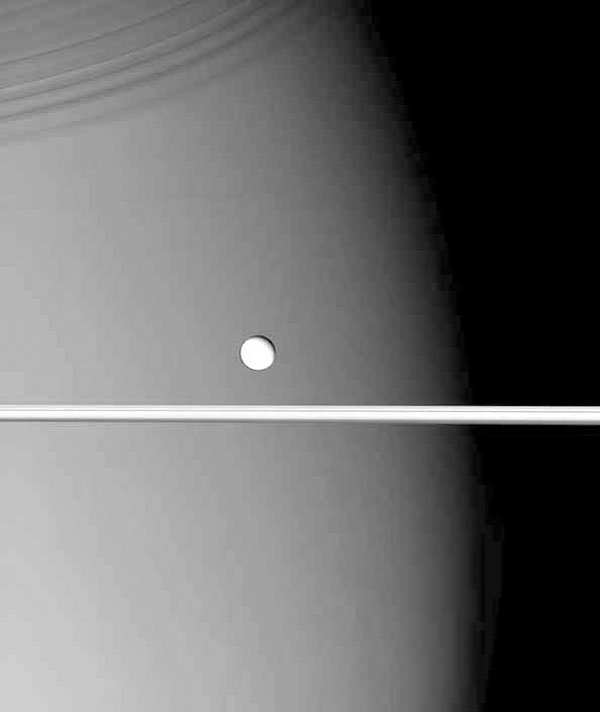March 21: Milky Way
The Milky Way is on good display on early spring evenings. You
need to get away from city lights to see its subtle glow, arcing
from north to south with a dip toward the west. That glow is the
combined light of millions of stars in the disk of our Milky Way
galaxy.
By the University of Texas McDonald Observatory
March 21: Milky Way
The Milky Way is on good display on early spring evenings. You need to get away from city lights to see its subtle glow, arcing from north to south with a dip toward the west. That glow is the combined light of millions of stars in the disk of our Milky Way galaxy.
March 22: Algieba
One of the brightest stars in Leo, the lion, is Algieba. It’s in the middle of the lion’s curving mane, with his body extending to the left. Algieba is a binary star system. Seen with the unaided eye, though, the stars blend together to form a single point of light.
March 23: Coma Cluster
The constellation Coma Berenices – Berenices’ Hair – stands just south of the Big Dipper’s handle. The constellation is home to a grand gathering of galaxies, called the Coma Cluster, which are about 350 million light-years away.
March 24: Moon and Venus
The Moon and the planet Venus stand side by side in the southeast at dawn tomorrow. Venus looks like a brilliant star to the left of the crescent Moon.
March 25: Moon and Venus II
Venus stands farthest from the Sun for its current “morning-star” appearance. The planet, which looks like an intensely bright star, is well up in the southeast at first light. Tomorrow, a “fingernail” crescent Moon stands a little below Venus.
March 26: Coma Cluster
A “hairy” constellation climbs the eastern sky this evening: Coma Berenices. It represents the hair of an ancient queen. According to legend, she sacrificed her hair to Aphrodite after her husband safely returned from battle. Aphrodite placed the locks in the sky as a spray of stars.
March 27: The North Stars
When it comes to reputation, no star shines brighter than the North Star, Polaris. Although it’s not that bright, it has been a critical signpost for navigators because it points due north. Polaris is actually a system of three stars, only one of which is visible to the unaided eye.











